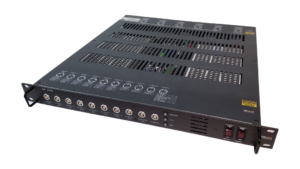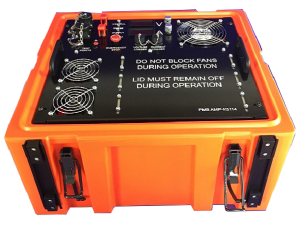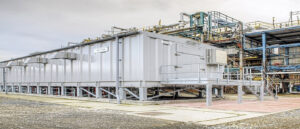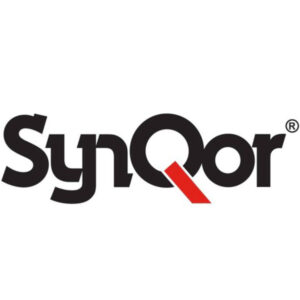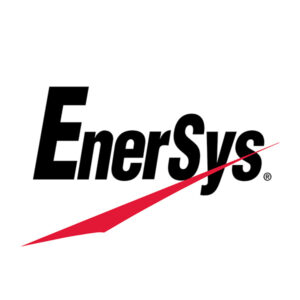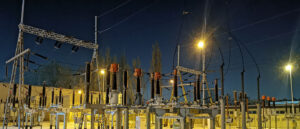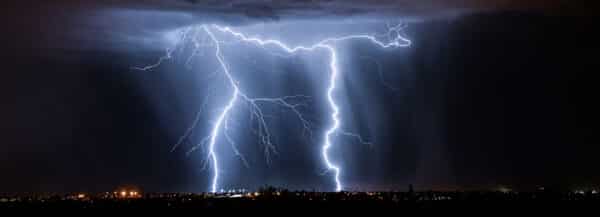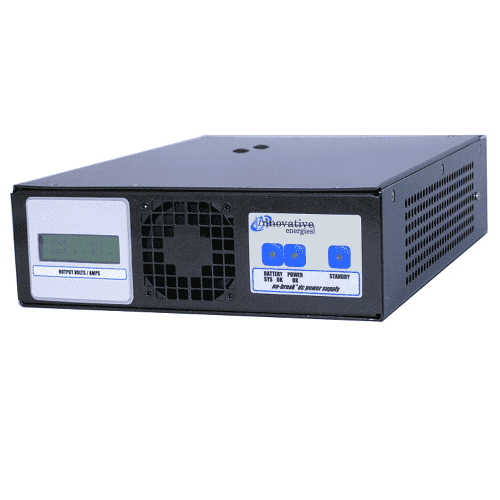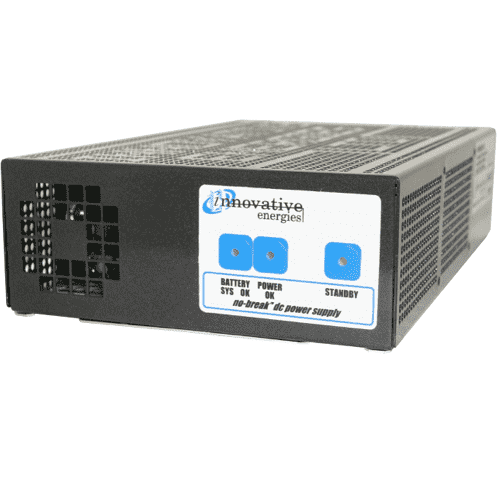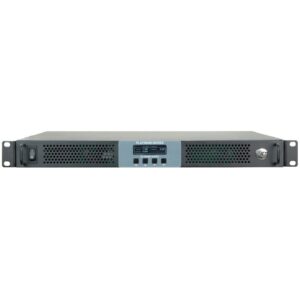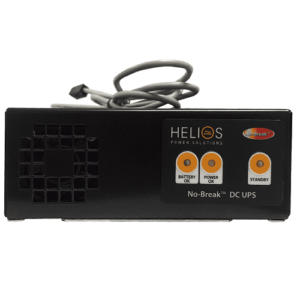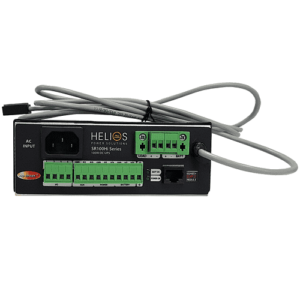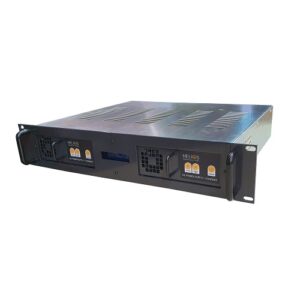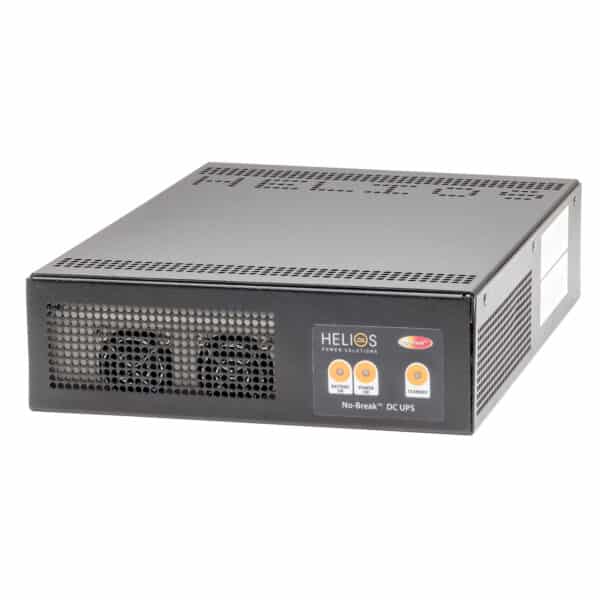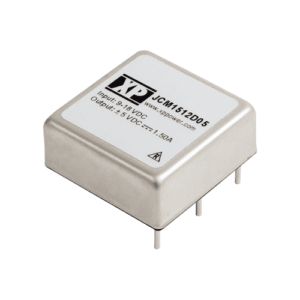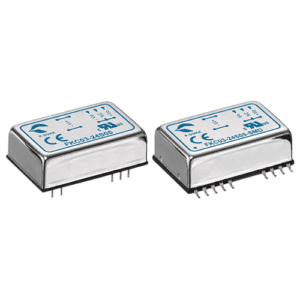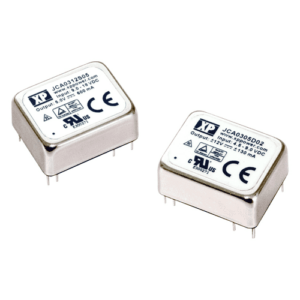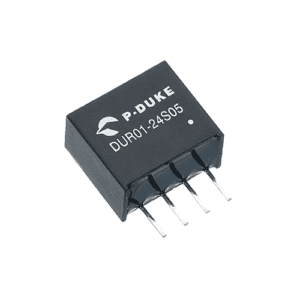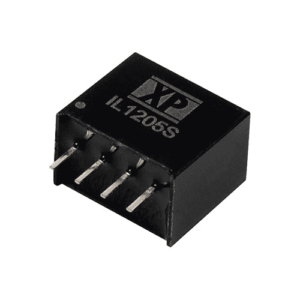Description
SR750C
DC UPS – Battery Charger 750W
Helios Power Solutions No-Break ™ DC UPS technology represents a truly unique, comprehensive approach to providing uninterruptible and secure DC power when you need it.
No-Break ™ DC UPS systems maximise the integrity of standby battery installations, whilst optimising the life and availability of back up batteries. They are now available with Serial and Ethernet Communications options.
The No-Break ™ system is the ideal solution for:
- Critical systems of 100W to 750W (and above using parallel operation)
- Applications requiring continuous on-line monitoring of battery and charger status
- Providing cost-effective management of your battery system investment
- Ability to view power supply data remotely
- Automatic or manually initiated battery condition testing to ensure availability of standby power
- The battery condition test feature of the No-Break ™ DC system determines the condition of the back-up batteries and will provide an early warning of potential failure. This gives plant operators enough warning to replace the faulty batteries before they are required, like in the event of a mains power failure. Battery condition tests are mandatory on some fire alarm systems and are now commonly specified by consultants for critical industrial systems.
Main Features
- 12V, 24V, 30V. 36V or 48V nominal output voltage options
- Made in New Zealand
- Benchtop, rack and wall mounting available
- Optional internal meter
- N+1 Redundancy option – use external output diode +P50
- Communications Ports: Ethernet/SNMP v1 and RS485/Modbus
- No-Break switching between charger & battery
- Alarm relay outputs
- Deep discharge protection batteries
- Automatic temperature compensated output volts
- 110VAC (88-132V) input voltage on request
FAQ
- Why is Helios Power Solutions SR No-Break ; DC charger recommended by consultants for critical applications?
Our No-Break ™ DC chargers have been designed for industrial use and have over twenty years of proven reliable operations. In addition, the chargers have many outstanding features such as fault alarms, LED fault alarm codes, battery detection, low voltage disconnect circuitry, automatic battery condition testing, communication options and can be connected to the battery permanently due to the precise temperature-compensated voltage control.
- Why should we use a SR No-Break; as opposed to a normal float charger?
The No-Break ™ DC UPS has many features which a normal float charger does not, these including:
- Precise alarm indication for mains or DC faults
- Overcurrent protection on the battery circuit
- Battery presence checking
- Temperature-compensated charging
- Low voltage disconnect circuitry to prevent deep discharge of the battery
- Independent charge current limit
- Automatic battery condition testing
- Why don’t you use a boost charge on the SR No-Break unit?
Normally it is not necessary to have a boost on the No-Break ™ unit, as the power is on the system continuously and it is not that critical to restoring 100% of charge rapidly, as in the case of cyclic applications. A boost charge voltage may damage the equipment which is permanently connected to a standby system.
- Can I use the SR No-Break DC UPS without a battery?
No, the No-Break ™DC UPS is designed to operate with a battery connected and instability may result if there is no battery connected. If you wanted to do this then it is advisable to use a standard two-terminal DC power supply SR500L
- Why is the battery negative separate from the load negative in the SR No-Break DC UPS?
This is done to implement two of the features of the No-Break ™ UPS/charger. There is an “electronic circuit breaker” fitted between the battery negative and load negative terminals to provide the battery overcurrent protection. The separate battery circuit also allows for independent control of the charging current when required.
- Can I connect the battery directly to the load terminals when using SR No-Break DC UPS?
No, it would nullify all the features of using the No-Break ™DC design and provide false alarm signals from the relays. If you wanted to do this, then it is advisable to use a standard two-terminal float charger, with or without alarms.
- When does the SR No-Break system disconnect to protect deep discharge of the battery?
At approximately 1.67 volts per 2V (nominal) cell, so for a 12V system the disconnect voltage is set at 10V.

